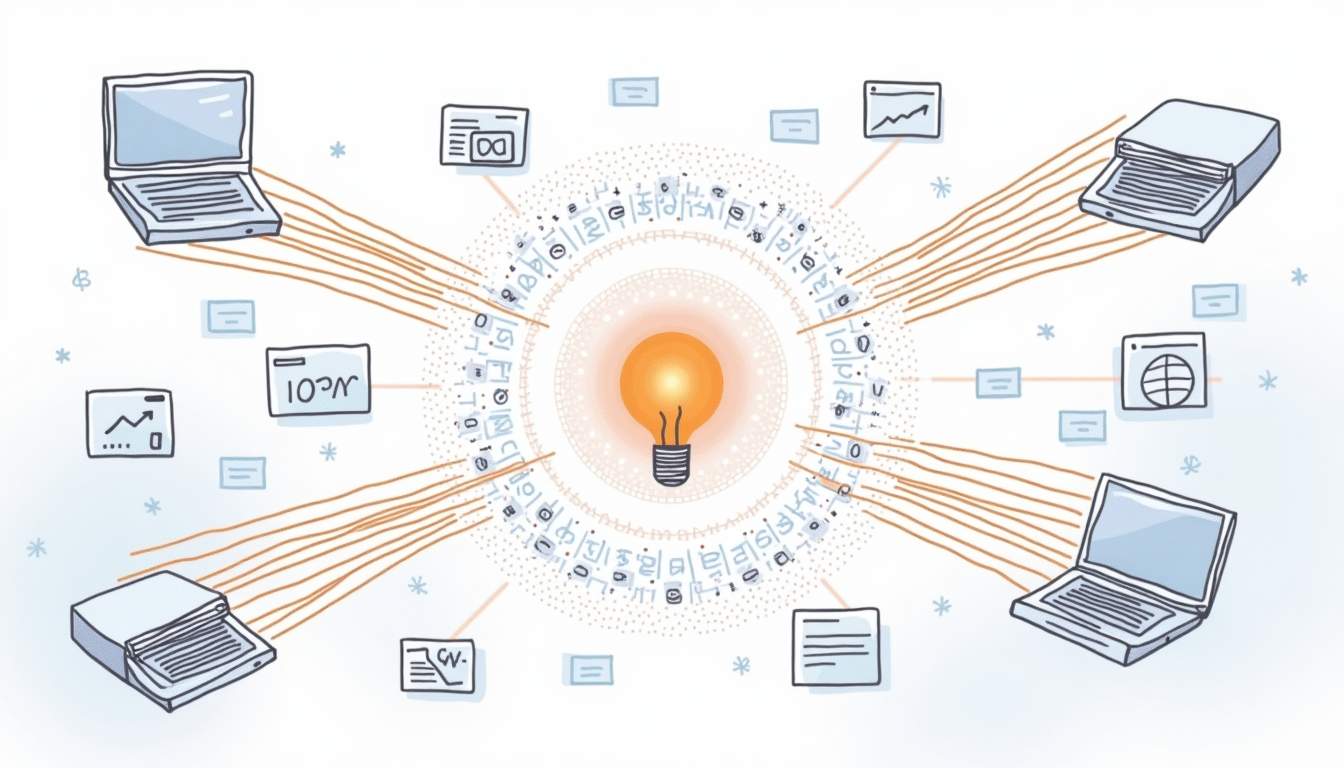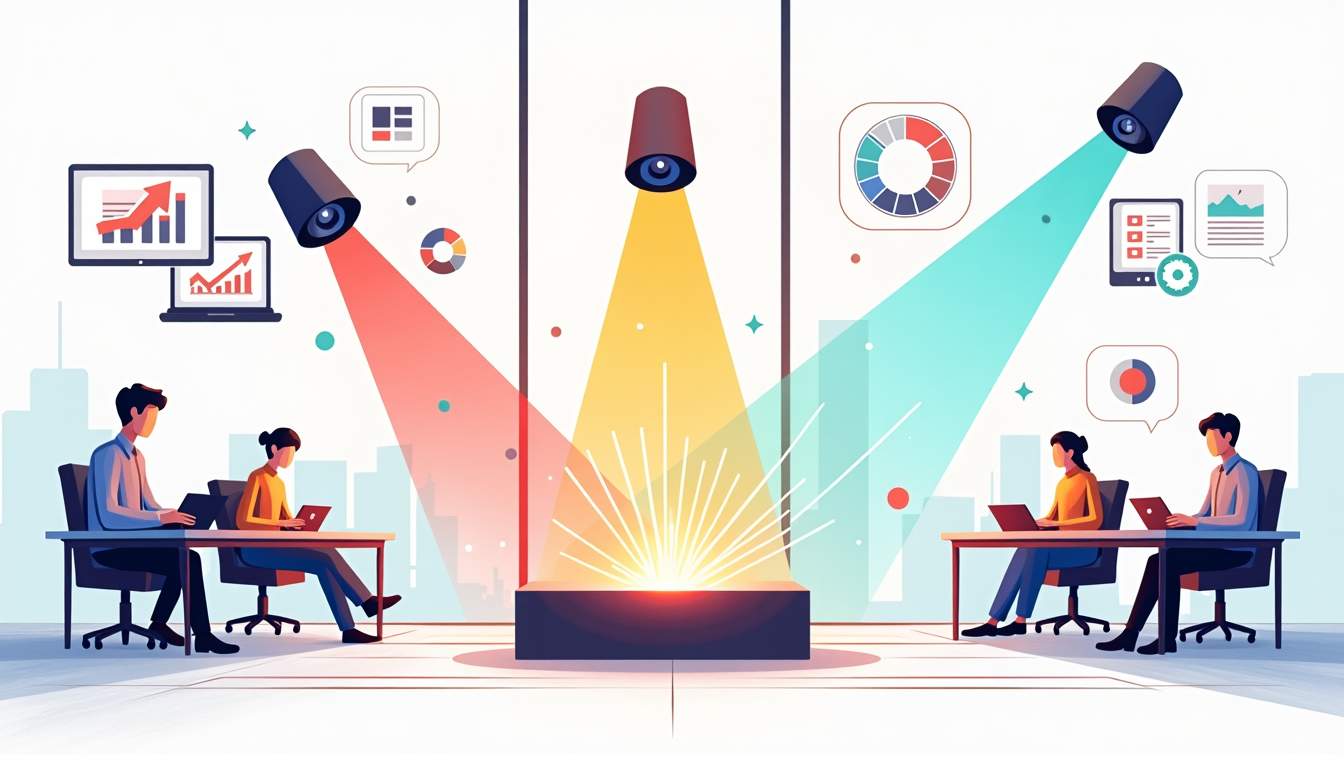Implementing Computer Vision for Business Applications
Computer vision has moved from academic papers and experimental demos into the mainstream of business technology. Organizations across retail, manufacturing, healthcare, and logistics are deploying vision systems to automate inspection, improve customer experience, and unlock data that was previously trapped in images and video. This article explains practical approaches to building robust image processing and analysis workflows and covers strategies for converting scanned and photographed documents into structured, searchable information using OCR. The aim is to provide clear guidance on design choices, quality controls, deployment models, and measurable outcomes that matter to decision-makers and technical teams alike.
Explainability and model interpretability increasingly matter as vision systems influence operational decisions. Saliency maps, class activation mappings, and bounding-box confidence visualizations help engineers and stakeholders understand failure modes and validate that models attend to semantically meaningful features rather than spurious correlations. For higher-stakes applications, incorporate counterfactual testing and stress tests that probe sensitivity to small perturbations. Pair interpretability tools with clear runbooks so operators can respond to anomalous model outputs quickly and consistently, and log the artifacts needed to reproduce explanations during incident investigations.
Robust tooling and governance accelerate delivery and reduce risk. Invest in dataset versioning, reproducible training pipelines, and CI/CD for models so that experiments, hyperparameters, and data transformations are tracked end-to-end. Use automated validation gates that enforce minimum performance and bias checks before promotion to production. Finally, foster cross-functional collaboration between vision engineers, domain experts, and operators: subject-matter input during labeling, deployment-time constraints from operations, and business KPIs from product owners are all necessary to ensure systems remain performant, maintainable, and aligned with organizational objectives.
OCR and Document Digitization Systems
Optical character recognition (OCR) has matured into a suite of technologies that can extract text, layout, tables, and semantic structure from scanned documents, PDFs, and photographed receipts. Modern OCR pipelines combine traditional image preprocessing with machine learning models for text detection, recognition, and post-processing that includes language models and rule-based normalization. The primary goals are accuracy, throughput, and the ability to handle diverse inputs—from historical typewritten forms to mobile-captured receipts taken under poor lighting.

Document digitization projects should begin with a discovery phase that inventories document types, variations in format, expected volumes, and the downstream systems that will use the extracted data. This informs the choice between off-the-shelf OCR services and custom pipelines. While managed OCR platforms provide fast time-to-value for common formats, custom systems tuned for specific forms, languages, or domain terminologies can deliver superior accuracy and lower total cost of ownership when volumes are high or error tolerance is low.
Designing robust OCR pipelines
Robust pipelines combine image correction steps—deskewing, dewarping, denoising—with detection models that find text regions and segment logical blocks like headers, body, and tables. Recognizers that integrate language models reduce substitution errors, especially with noisy inputs. Post-processing layers apply dictionaries, domain-specific normalization rules, and confidence thresholds to decide when to auto-accept extracted fields versus routing for manual review. For structured documents such as invoices, template matching and key-value extraction models often outperform naive OCR alone.
Handling handwritten and constrained scripts
Handwritten text recognition remains more challenging than printed text, but specialized models trained on handwriting corpora and techniques such as stroke-based analysis or sequence-to-sequence recognition with attention have made substantial progress. For mixed documents containing both printed and handwritten components, pipelines that first classify regions by script type and then dispatch them to the appropriate recognizer yield better results. Language-specific tokenization and normalization are crucial for scripts with complex glyphs or contextual shaping.
Scaling, throughput, and cost control
Throughput demands shape architecture: high-volume batch processing benefits from GPU clusters and asynchronous pipelines, while real-time ingestion—such as capturing receipts at point of sale—benefits from edge preprocessing and lightweight recognition. Implement queuing, back-pressure, and autoscaling to handle load spikes. Cost control often depends on reducing per-document manual review by improving confidence calibration and triage thresholds. Human validation can be reserved for low-confidence extractions or high-value fields, dramatically reducing labor costs while preserving data quality.
Integration, searchability, and downstream value
Extracted text and structured fields are most valuable when integrated into business processes: search indices, enterprise content management systems, analytics platforms, or ERP systems. Maintain metadata about extraction confidence, original image references, and transformation steps to enable debugging and traceability. Indexing full text with OCR confidence scores and semantic tags enables richer search experiences and analytics such as contract clause discovery, historical trend analysis, or automated compliance checks.
Measuring success and continuous operations
Success metrics for document digitization include field-level accuracy, reduction in manual processing time, and error rates in downstream systems that consume digitized data. Establish regular audits against sampled ground truth and track error types to prioritize pipeline improvements. Continuous operations require scheduled model retraining as document styles evolve, periodic refreshes of language resources, and automated alerts for sudden spikes in OCR confidence failures which often indicate upstream changes such as altered templates or scanning equipment issues.
Putting computer vision into production requires balancing technical rigor with pragmatic choices driven by business priorities. Invest in reliable data pipelines, realistic evaluation under operational conditions, and monitoring that ties technical performance to business outcomes. When built with attention to robustness, privacy, and maintainability, image processing and OCR systems unlock higher efficiency, new insights, and competitive advantage across industries.
Operational deployments also demand strong governance around privacy, security, and compliance. Documents frequently contain personally identifiable information, financial data, or regulated content; therefore, pipelines should incorporate access controls, encryption at rest and in transit, and redaction capabilities for downstream storage and indexing. Audit logs that record who queried or corrected extracted data, along with provenance metadata for each processing step, support legal defensibility and help meet requirements such as GDPR data subject requests or industry-specific regulations.
Finally, invest in data strategy for continual improvement: curate representative ground-truth datasets, use active learning to prioritize human annotation on high-impact errors, and employ synthetic augmentation to cover rare layouts or scripts. Standardized benchmarking across document families and periodic error analysis workshops align engineering work with measurable business KPIs. These practices accelerate model convergence, reduce annotation waste, and make it easier to propagate improvements safely across production pipelines.






